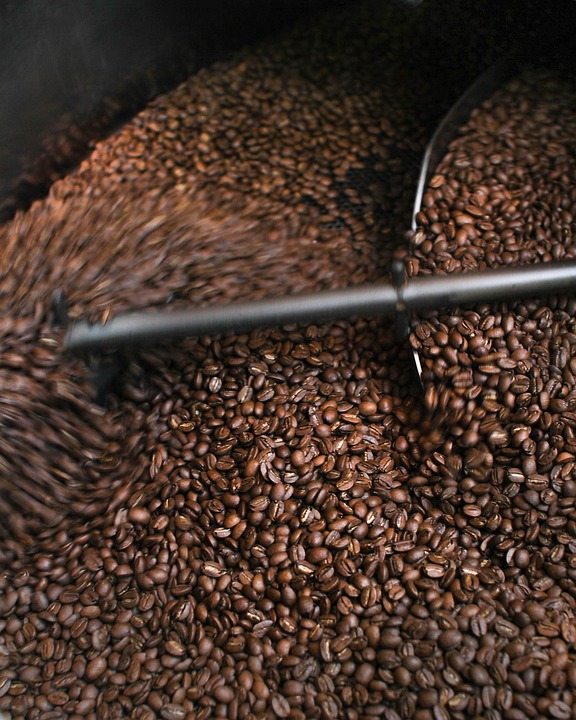Coffee export containers are a crucial aspect of the coffee industry, as they play a significant role in ensuring the safe and efficient transportation of coffee beans from one country to another. Whether you are a coffee farmer, exporter, or importer, understanding the ins and outs of coffee export containers is essential for a successful shipment. In this article, we will delve into the world of coffee export containers, exploring the different types, regulations, and best practices that you need to know.
The coffee industry is a complex and global market, with coffee beans being transported from producing countries to consuming countries all over the world. According to a recent article on coffee export logistics, the global coffee trade is a multibillion-dollar industry, with millions of bags of coffee being shipped every year. With such a large volume of coffee being transported, it is essential to have a good understanding of the containerization process to ensure that your coffee beans arrive at their destination in good condition.
There are several types of coffee export containers available, each with its own unique characteristics and advantages. The most common types of containers used for coffee exports are 20-foot and 40-foot dry cargo containers. These containers are made of steel or aluminum and are designed to protect the coffee beans from the elements and other external factors that may affect their quality. The containers are also equipped with ventilation systems to maintain a consistent temperature and humidity level, which is essential for preserving the quality of the coffee beans.
In addition to the type of container, it is also essential to consider the packaging materials used to protect the coffee beans during transportation. Coffee beans are typically packaged in jute or polypropylene bags, which are designed to absorb any moisture that may enter the container. The bags are also treated with chemicals to prevent the growth of mold and mildew, which can damage the coffee beans. It is essential to use high-quality packaging materials to ensure that your coffee beans arrive at their destination in good condition.
Regulations and compliance are also critical aspects of coffee export containers. Coffee exports are subject to various regulations and standards, including those related to food safety, packaging, and labeling. For example, coffee exports to the United States must comply with the regulations of the US Food and Drug Administration (FDA), while coffee exports to the European Union must comply with the regulations of the European Food Safety Authority (EFSA). It is essential to understand these regulations and ensure that your coffee exports comply with them to avoid any delays or penalties.
Best practices also play a significant role in the successful shipment of coffee export containers. One of the most critical best practices is to ensure that the containers are properly cleaned and dried before loading the coffee beans. This helps to prevent the growth of mold and mildew, which can damage the coffee beans. It is also essential to monitor the temperature and humidity levels during transportation to ensure that the coffee beans are not exposed to extreme conditions. Additionally, it is recommended to use container tracking systems to monitor the location and condition of the containers during transportation.
In conclusion, coffee export containers are a critical aspect of the coffee industry, and understanding the different types, regulations, and best practices is essential for a successful shipment. By using high-quality containers and packaging materials, complying with regulations, and following best practices, you can ensure that your coffee beans arrive at their destination in good condition. Whether you are a coffee farmer, exporter, or importer, it is essential to have a good understanding of coffee export containers to succeed in the global coffee market.
FAQs:
Q: What types of containers are used for coffee exports?
A: The most common types of containers used for coffee exports are 20-foot and 40-foot dry cargo containers.
Q: What packaging materials are used to protect coffee beans during transportation?
A: Coffee beans are typically packaged in jute or polypropylene bags, which are designed to absorb any moisture that may enter the container.
Q: What regulations do coffee exports need to comply with?
A: Coffee exports are subject to various regulations and standards, including those related to food safety, packaging, and labeling.
Q: How can I ensure that my coffee exports arrive at their destination in good condition?
A: By using high-quality containers and packaging materials, complying with regulations, and following best practices, such as monitoring temperature and humidity levels during transportation.
Q: What is the importance of container tracking systems in coffee exports?
A: Container tracking systems help to monitor the location and condition of the containers during transportation, which can help to prevent delays or losses.





